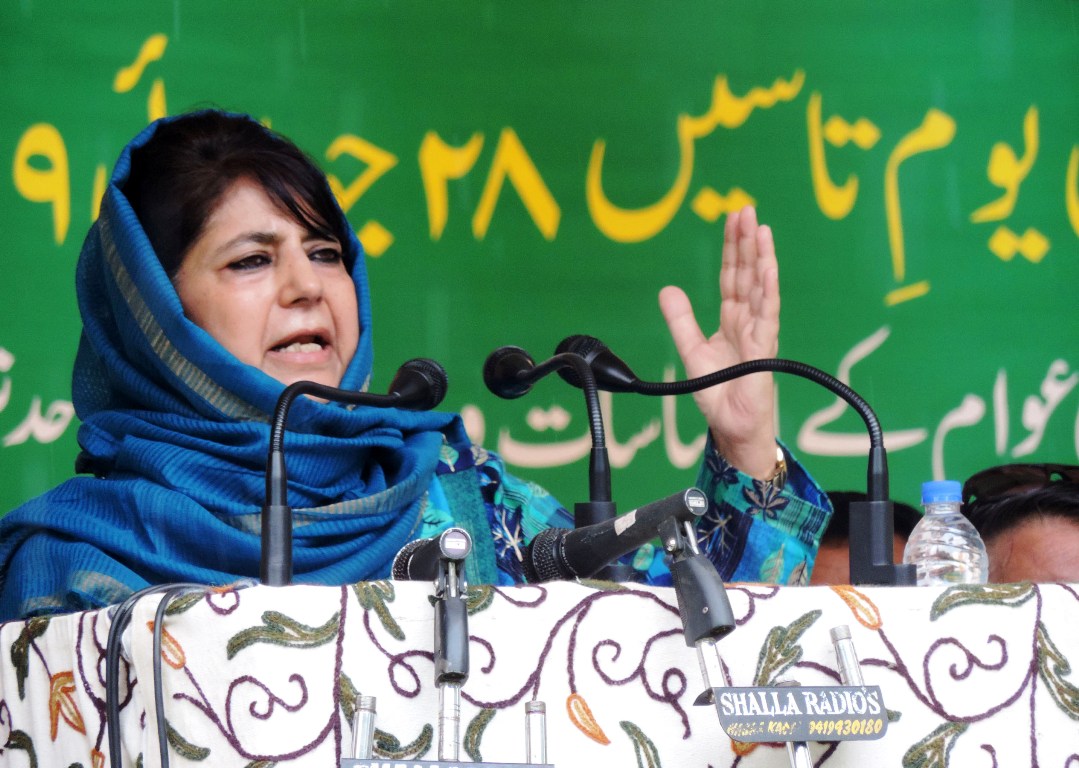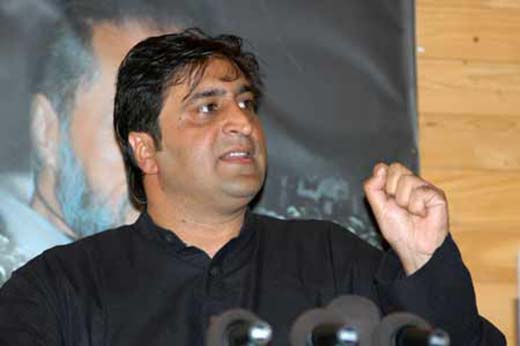After working as a consultant in the department of Radiodiagnosis & Imaging at Government Medical College, Srinagar, Dr Imran Nazir Salroo got selected as a fellow in interventional radiology at Tata Memorial Hospital, Mumbai and also got a chance to interact with several top-notch doctors of the field at the USA. In a freewheeling interview to Nazir Ganaie, the 35-year-old doctor, who now works as a faculty at SKIMS Medical College, Srinagar, shares how Interventional Radiology and imaging is emerging as a powerful tool in the treatment of wide spectrum diseases in Kashmir.

Excerpts from the interview
How do you see Interventional Radiology evolving in Kashmir?
Dr Imran Salroo (IS): Interventional Radiology (IR) and imaging is providing a boost to the existing modalities of diagnosis to all specialities and sub-specialities and is emerging as a powerful tool in the treatment of a wide spectrum of diseases and emergency setting including cancer, trauma, degenerative diseases, and neurological conditions. The benefits, the way I see them, would be around 2 dimensions, it’s quality and efficiency.
How can IR help to improve quality of treatment?
Dr Imran Salroo: IR can be helpful in improving the quality of current radiology practices and improving the accuracy of radiologists. Interventional radiology is a subspecialty which provides minimally invasive ways of diagnosis or treatment using imaging (ultrasound, CT, MRI & digital subtraction angiography DSA) to target the disease and improve the quality of life in patients with advanced cancer. The Interventional Radiologist can give a ray of hope by providing a targeted therapy to the diseased organ. It is important that we use such techniques and help patients to plan their lives in a better way. IR can show completely new features and findings that radiologists were unable to see before.
How is IR going to be beneficial for overall patient care?
Dr Imran Salroo: It allows the interventional radiologist to look inside the body and treat medical conditions using the least invasive techniques by making a micro-incision that requires no stitch. It is like comparing laparoscopy to open surgery. Most IR treatments are minimally invasive alternatives to open and even laparoscopic (keyhole) surgery. As many IR procedures start with passing a needle through the skin to the target it is sometimes called (pinhole) surgery. The essential skills of an interventional radiologist are in diagnostic image interpretation and the manipulation of needles and the use of fine catheter tubes and wires to navigate around the body under imaging control. The Interventional Radiologists are the doctors with additional specialized training to perform the procedure. Well recognized advantages of these minimally invasive techniques include reduced risks, shorter hospital stays, lower costs, greater comfort, quicker convalescence and return to work. Most of the times the patient is sent back home the same day and resumes his work within a week. The effectiveness of treatment is often better than traditional treatments.
What are the major applications of IR?
Dr Imran Salroo: The applications are enormous but the commonly performed procedures are Angiography or X-rays examination of blood vessels to find a block or narrowing and opening them up by balloon angioplasty/Stenting in arms, legs, kidneys, brain, heart or elsewhere. The biliary drainage and stenting to allow the bile to drain from the liver in a blocked duct.
Central venous access to deliver medication or nutrients.
Delivery of cancer-fighting agents directly to the site of the tumour.
The delivery of clotting agents (coils, glue, gel foam etc) directly to an area that is bleeding or to block blood flow in an aneurysm or decrease the size of fibroid by embolizing the uterine artery. Opening a fallopian tube without surgery in the treatment of infertility. We also make haemodialysis access.
Needle biopsy of swellings of breast, lung and inaccessible abdominal tumours. Another application is radio-frequency ablation of tumours and embolization of varicose veins of legs and varicocele. Vertebroplasty to treat painful fractures and other lesions of the spinal column to protect from further damage or fracture.
How important is the investigation process for establishing any disease?
Dr Imran Salroo: The laboratory investigations/imaging are important tools in the accurate diagnosis of a disease. Only 60-80 per cent of the disease can be diagnosed by a clinician after taking a proper history and doing a physical examination with due sympathy, empathy and expertise. The final diagnosis can only be made after conducting some laboratory tests and imaging. Even healthy individuals should be subjected to such investigations to diagnose a disease which they are not conscious of.
There is rampant use of self-medication in Kashmir. How dangerous is this trend?
Dr Imran Salroo: Consuming a medicine without a prescription of a doctor can lead to exacerbation of a problem by consuming the wrong medicine. This is the common problem among general masses not necessarily among Kashmiris. The adverse reactions and drug interactions follow self-medication. The use of wrong medicine can lead to resistant infections which may be dangerous for survival. It can even mask the symptoms of a disease, thus leading to incorrect diagnosis. The drug dependency and addiction is the aftermath of self-medication.
At a time, when Kashmir is witnessing brain drain of doctors; what attracted you to come back?
Dr Imran Salroo: Kashmir has been suffering from brain drain for a long time now. The perpetual political and economic instability has resulted in more and more well-educated youth move outside for jobs. The government especially failed to stop the brain drain in the medical profession. I went outside the state to improve my skills and came back to apply my skills and serve the people in the valley.
How do you rate Kashmir’s healthcare sector?
Dr Imran Salroo: We have to go a long way to streamline our healthcare sector. Healthcare in Kashmir needs a lot of improvement and up-gradation. Besides that, we also need to develop a civic sense and high social responsibility as far as the health scenario is concerned. Although, I believe there is gradual improvement health is something which cannot wait. There is no excuse for the authorities or the regimens coming into power as to why this sector is lagging behind. Credible healthcare should be provided to the citizens of any nation and that is their primary right. Quality healthcare at a reasonable cost should be made available to both public and private consumers. We need to work very hard to improve our health sector. Every department should have adequate human resources and be accountable to people. We also need to ensure that no overcrowding should take place in any hospital. We need more and more investments in this sector. There should be a strong governing body that can strictly monitor such kind of activities. And the people who are found responsible in creating fuss should be dealt with strict laws and punished. Though Kashmir’s healthcare sector is developing at a faster pace by the incorporation of newer diagnostic modalities but the lack of infrastructure and human resource management needs further refinement.
There is a vast difference between the healthcare provided at the peripheries and tertiary level. How does it impact patient care and safety?
Dr Imran Salroo: The healthcare provided at the peripheries stands totally different from the tertiary level care. A simple ailment can be dealt at the peripheral level and does not need referral whereas the complicated diseases would definitely need specialized care which will have a positive impact on patient care and their safety.















